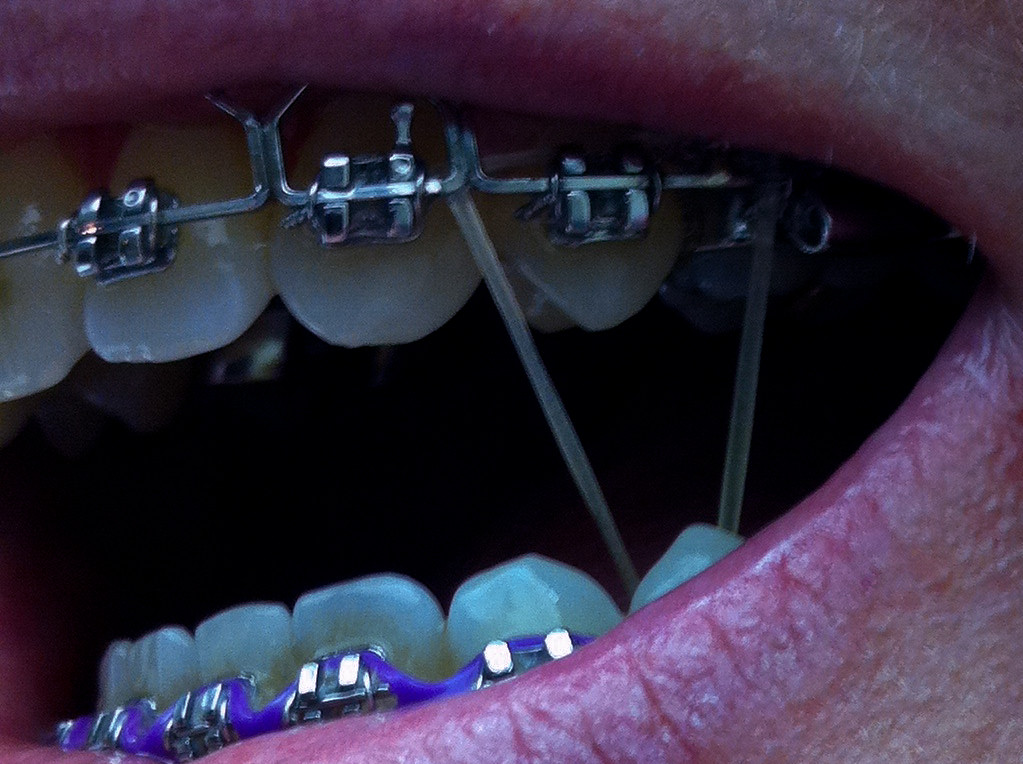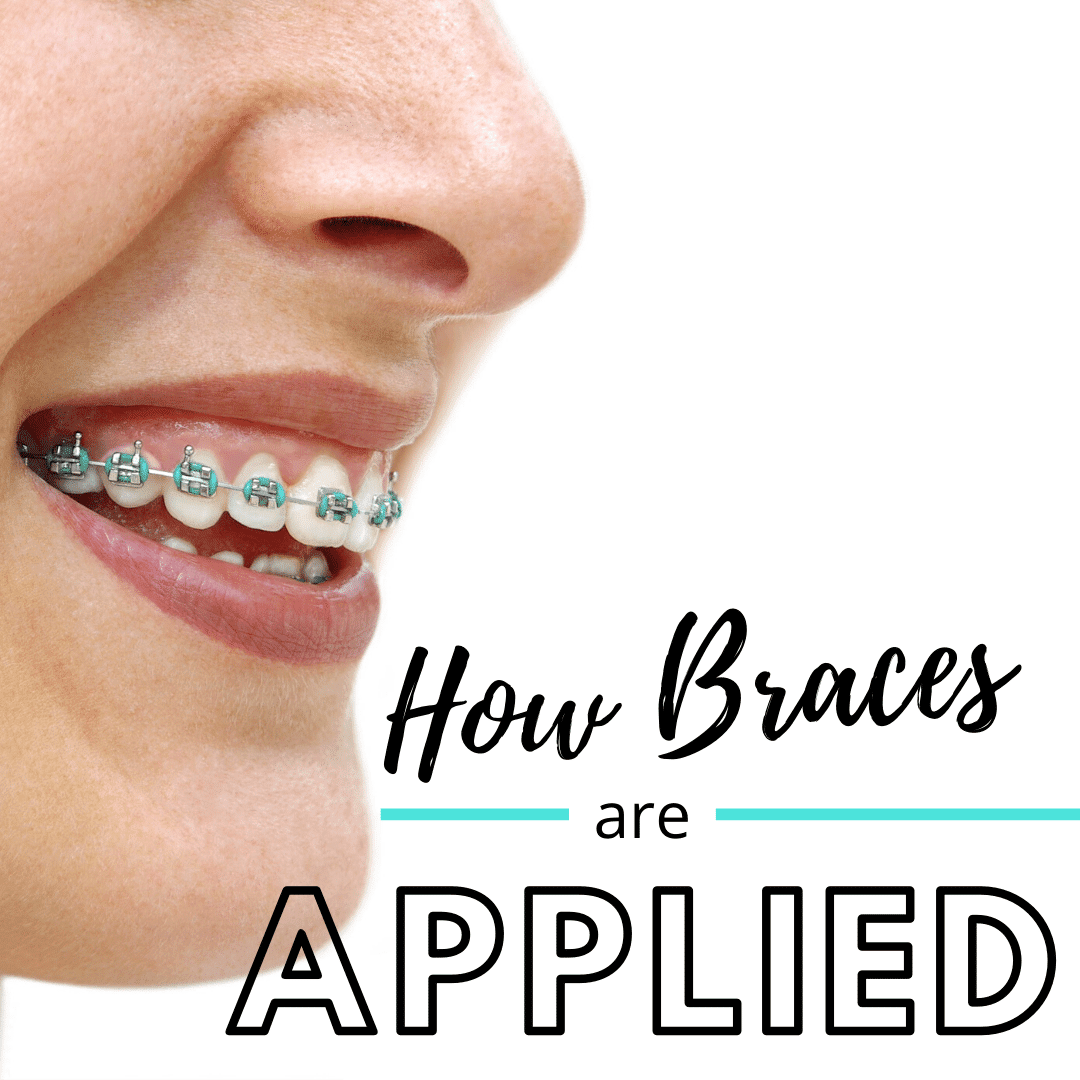An Unbiased View of All Star Family Orthodontics
Table of ContentsSee This Report on All Star Family OrthodonticsAll About All Star Family OrthodonticsThe Buzz on All Star Family OrthodonticsEverything about All Star Family OrthodonticsThe Facts About All Star Family Orthodontics Uncovered

In enhancement, we provide flexible treatment timetables, versatile repayment choices and an enjoyable, pleasurable experience.
An orthodontist is a dentist trained to diagnose, prevent, and treat teeth and jaw abnormalities. Orthodontists work with people of all ages, from kids to grownups.
Malocclusion, or misaligned teeth, can cause oral concerns, including tooth decay, gum tissue disease, and difficult or uncomfortable eating. However not everyone is birthed with straight teeth. If you have a bad bite or big spaces between your teeth, you may want to seek advice from a dental professional focusing on orthodontic treatment.
The Basic Principles Of All Star Family Orthodontics
(Image Credit Score: DigitalVision/Getty Images) Orthodontists make use of dealt with and detachable dental devices, like dental braces, retainers, and bands, to change the placement of teeth in your mouth. Orthodontic treatment is for dental irregularities, consisting of: Jagged teethBite troubles, like an overbite or an underbiteCrowded teeth or teeth that are also much apartJaw misalignmentThe objective of orthodontic treatment is to improve your bite.
A healthy bite ensures you can eat, eat, and speak appropriately. While you might think about orthodontists as primarily for youngsters or teenagers who require dental braces, they can deal with oral troubles at any type of age. Orthodontists go to college, dental college, and orthodontic college. After graduation, they spend 2 or 3 years in an orthodontic residency program.
, but not all dental practitioners are orthodontists. They concentrate on two areas: How to properly and safely relocate teeth How to properly lead growth in the teeth, jaw, and faceOnce an orthodontist has actually completed training, they have the choice to become board accredited.
The Ultimate Guide To All Star Family Orthodontics
Misalignment, or malocclusion, is the most common reason people see an orthodontist. It is genetic and is the result of dimension differences between the upper and reduced jaw or in between the jaw and teeth. Malocclusion results in tooth overcrowding, a misshapen jaw, or uneven bite patterns. Malocclusion is generally treated with: Your orthodontist affixes steel, ceramic, or plastic square bonds to your teeth.
If you have just small malocclusion, you may be able to make use of clear braces, called aligners, rather than typical dental braces. Some individuals need a headgear to help move teeth into line with stress from outside the mouth. After dental braces or aligners, you'll require to use a retainer. A retainer is a personalized device that keeps your teeth in position.

You may require to see an orthodontist if you have: Crowding or not enough room for all of your teethOverbite, when your upper teeth come your bottom teethUnderbite, great site when your bottom teeth are as well far forwardSpacing or issues with gapsCrossbite, which is when your top teeth fit behind your base teeth when your mouth is closedOpen bite or an upright void in between your front base and top teethMisplaced midline, when the facility of your base and top teeth don't line up Fixing a dental malocclusion can: Make attacking, chewing, and speaking easierImprove the proportion of our face and your overall appearanceEase discomfort from temporomandibular joint problemsSeparate your teeth and make them less complicated to cleanse, assisting protect against tooth decay or tooth cavities It's often a dental professional who initially notices misaligned teeth throughout a regular test.
All Star Family Orthodontics for Beginners
During your initial orthodontic assessment, you'll likely have: A dental examPhotos taken of your face and smileDental X-raysPanoramic (360 level) X-rays of your face and headImpressions to produce mold and mildews of your teethThese tests will help your orthodontist understand just how to proceed with your treatment. An orthodontist is a dentist who's had training to treat your teeth and jaw.
Orthodontists are dental experts however not all dentists are orthodontists. Orthodontists are focused on your bite, or the way your teeth fit together, and the straightness of your teeth.

This first assessment involves a visual assessment of your teeth and attack, X-rays, and possibly even 3D scans. By thoroughly reviewing these elements, the orthodontist can determine any type of misalignments, crowding, spacing issues, or jaw inconsistencies. As soon as a clear image is established, the orthodontist will discuss individualized treatment options. This discussion will certainly cover the kind of dental braces or aligners advised (traditional metal braces, clear aligners like Invisalign, and so on), the approximated therapy period, and any kind of possible difficulties or side impacts.
The Main Principles Of All Star Family Orthodontics
, orthodontists have a diverse toolkit at their disposal. These reliable dental braces use a system of braces bound to the teeth and linked by wires.
These detachable trays are custom-made to gradually shift the teeth's position. In cases of narrow jaws, palatal expanders can be used to develop room for correct tooth alignment.